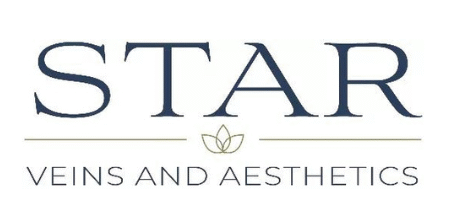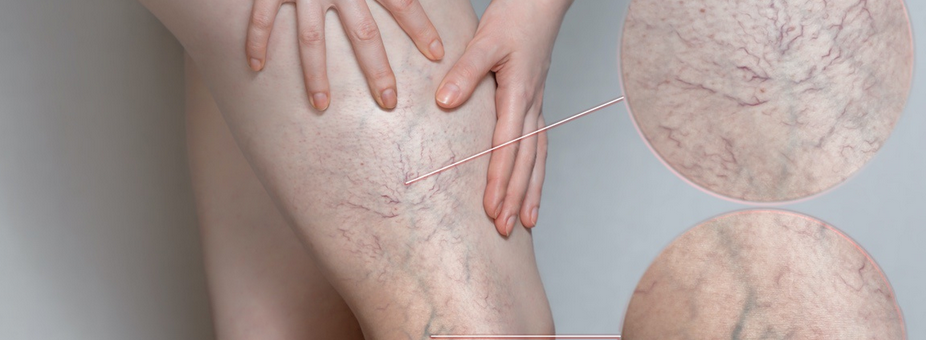Varicose veins—those twisted, enlarged veins often found on the legs—are not only a cosmetic concern but can also cause discomfort, pain, and even serious health issues. For anyone suffering from varicose veins, understanding the best treatment options is crucial for improved health and quality of life. Luckily, medical advancements have made it easier than ever to treat and even eliminate varicose veins.
In this guide, we’ll cover the most effective, modern treatments for varicose veins and highlight the expertise of Dr. Gulshan Sethi, a renowned vein specialist in Long Island. Whether you’re looking to improve comfort, regain confidence, or prevent future complications, this comprehensive breakdown will help you make the best choice.
What Causes Varicose Veins?
Varicose veins are primarily caused by poor circulation, which can lead to blood pooling in the veins, causing them to enlarge and become twisted. While genetics, age, and lifestyle factors all play a role, women, older adults, and those who stand or sit for long periods are at higher risk. Luckily, modern treatments have made it possible to effectively manage and even prevent varicose veins.
Modern Treatment Options for Varicose Veins
Let’s dive into the leading-edge treatments for varicose veins that are widely available today.
1. Endovenous Laser Therapy (EVLT)
What it is: Endovenous Laser Therapy (EVLT) uses laser energy to treat varicose veins by delivering targeted heat to the vein wall, causing it to collapse and seal shut. Over time, the vein fades, and blood reroutes to healthier veins.
Procedure:
- Local anesthesia is used, and a laser fiber is inserted into the affected vein.
- Laser energy heats the vein from within, causing it to close off.
- The body naturally absorbs the closed vein over time.
Benefits:
- Minimally invasive with no major incisions
- Quick recovery time, usually allowing patients to resume regular activities within a day
- Reduced pain and scarring compared to traditional vein-stripping surgery
Dr. Sethi’s Take: Dr. Gulshan Sethi, a specialist in Long Island, notes that EVLT is an ideal choice for patients seeking a minimally invasive, effective treatment with minimal downtime.
2. Radiofrequency Ablation (RFA)
What it is: Similar to EVLT, Radiofrequency Ablation (RFA) uses radiofrequency energy to heat and close off problematic veins. This procedure has gained popularity due to its effectiveness and relatively mild discomfort.
Procedure:
- A catheter is inserted into the vein, delivering controlled radiofrequency energy to heat the vein wall.
- The vein collapses and is reabsorbed by the body.
Benefits:
- Minimally invasive with local anesthesia
- Causes less pain and bruising than traditional surgeries
- Quick return to normal activities, usually within 24–48 hours
Dr. Sethi’s Take: Dr. Gulshan Sethi often recommends RFA for patients with larger varicose veins or those seeking a virtually painless treatment option with proven effectiveness.
3. Sclerotherapy
What it is: Sclerotherapy involves injecting a solution directly into the varicose vein, causing it to scar and close. This treatment is particularly effective for smaller veins or spider veins.
Procedure:
- A sclerosing agent is injected into the vein, which irritates the vein lining and causes it to close.
- Blood reroutes through healthier veins, and the treated vein fades over time.
Benefits:
No anesthesia required, as the treatment is simple and relatively painless- Highly effective for small to medium veins
- Minimal downtime with excellent cosmetic results
Dr. Sethi’s Take: Known for his personalized approach, Dr. Gulshan Sethi often includes sclerotherapy in treatment plans for patients with spider veins or smaller varicose veins, as it offers effective results with little discomfort.
4. Varithena Microfoam Therapy
What it is: Varithena is an FDA-approved microfoam injectable that effectively treats varicose veins by causing them to collapse and seal shut. This treatment is ideal for patients who have visible, bothersome veins that aren’t suitable for more invasive procedures.
Procedure:
- A catheter or a small needle delivers the foam into the vein.
- The foam solution fills the vein, causing it to collapse and eventually disappear.
Benefits:
- Minimally invasive, with most patients experiencing no discomfort
- Ideal for treating veins that are challenging to reach with other methods
- Quick results with minimal downtime
Dr. Sethi’s Take: Dr. Gulshan Sethi frequently recommends Varithena for patients whose veins may not respond to traditional sclerotherapy. Its effectiveness on complex veins has made it a preferred choice for comprehensive varicose vein treatment.
5. Ambulatory Phlebectomy
What it is: Ambulatory Phlebectomy is a surgical technique that removes superficial varicose veins through tiny incisions in the skin. This treatment is highly effective for larger veins close to the skin’s surface.
Procedure:
- The affected vein is marked, and small incisions are made along its path.
- The vein is removed in small sections through the incisions.
- Local anesthesia is used to ensure patient comfort.
Benefits:
- Permanent removal of bulging, painful veins
- Immediate cosmetic and physical relief
- Minimal scarring due to the tiny incisions
Dr. Sethi’s Take: For patients with large, bulging veins, Dr. Gulshan Sethi considers ambulatory phlebectomy an ideal option due to its lasting results and visible improvement in appearance.
6. Compression Therapy
What it is: Although not a standalone cure, compression therapy is often recommended to improve blood flow, relieve symptoms, and prevent further varicose vein formation. Compression stockings or socks are commonly used.
Procedure:
- Patients wear specially fitted compression stockings that apply pressure to the lower legs, helping veins move blood more efficiently.
Benefits:
- Non-invasive and affordable
- Reduces swelling, discomfort, and potential complications
- Suitable for daily use and can be combined with other treatments
Dr. Sethi’s Take: Dr. Gulshan Sethi advises many of his patients to use compression therapy as a complementary approach to more intensive treatments, especially for those in the early stages of vein issues.
7. Lifestyle Changes and Prevention Tips
In addition to medical treatments, lifestyle changes play a crucial role in managing and preventing varicose veins. Here are a few tips Dr. Sethi recommends to his patients:
- Exercise Regularly: Physical activity promotes circulation and reduces vein pressure.
- Maintain a Healthy Weight: This helps minimize pressure on leg veins.
- Elevate Your Legs: If you spend long hours standing or sitting, elevating your legs can improve blood flow.
- Avoid Tight Clothing: Clothes that restrict blood flow can exacerbate vein issues.
- Limit Prolonged Sitting or Standing: Take breaks to move around or change positions.
Choosing the Right Treatment for You
Selecting the best treatment for varicose veins depends on factors like vein size, location, and personal preferences. Dr. Gulshan Sethi, with his extensive experience in vein treatment in Long Island, emphasizes the importance of personalized care, ensuring each patient gets a solution tailored to their specific needs.
For those considering varicose vein treatment, consulting a specialist like Dr. Sethi is invaluable. A consultation can clarify which procedure aligns best with your lifestyle, vein health, and desired outcomes. Modern treatments mean you don’t have to live with discomfort or insecurity about varicose veins anymore—there’s a solution for every need.
Key Takeaways on Modern Varicose Vein Treatments
- Endovenous Laser Therapy (EVLT) and Radiofrequency Ablation (RFA) offer minimally invasive, quick-recovery options.
- Sclerotherapy and Varithena Microfoam Therapy are effective for smaller, more superficial veins.
- Ambulatory Phlebectomy provides a permanent solution for larger veins.
- Compression Therapy and Lifestyle Changes support vein health and prevent future complications.
- Consulting a Specialist is crucial for finding the treatment that best suits your specific needs.
With Dr. Gulshan Sethi’s expertise and these modern treatment options, varicose veins don’t have to be a lifelong issue. Contacting a specialist is the first step to understanding your options, finding relief, and achieving smoother, healthier legs.

